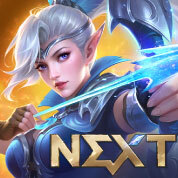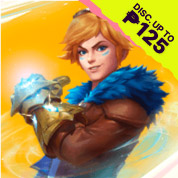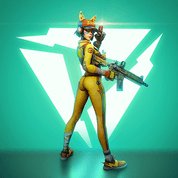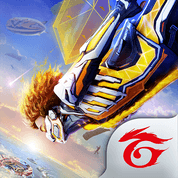 It’s been almost three years since the release of League of Legends: Wild Rift and millions of players are still enjoying its fast-paced, action-packed gameplay. With new players getting in on the action every single day, a quick but comprehensive guide can help a lot of beginners get a head start in their journey towards achieving victory in Wild Rift. If you’re new to the game or are looking to improve your skills, you’re in the right place. So, strap in, summoners, get your game face on, and let’s dive into the captivating realm of Wild Rift, where glory, honour, and bragging rights await!
It’s been almost three years since the release of League of Legends: Wild Rift and millions of players are still enjoying its fast-paced, action-packed gameplay. With new players getting in on the action every single day, a quick but comprehensive guide can help a lot of beginners get a head start in their journey towards achieving victory in Wild Rift. If you’re new to the game or are looking to improve your skills, you’re in the right place. So, strap in, summoners, get your game face on, and let’s dive into the captivating realm of Wild Rift, where glory, honour, and bragging rights await!
Understanding the Basics
Wild Rift is a 5v5 multiplayer online battle arena (MOBA) game where two teams of five players battle it out on a map called Summoner’s Rift. The objective is to destroy the enemy team’s Nexus, which is located at the heart of the enemy base. To achieve this, players must work together to destroy enemy turrets, slay neutral monsters, and outmaneuver their opponents.
Each player controls a champion, a powerful character with unique abilities and playstyles. Players must choose a champion that complements their team’s composition and playstyle.
A typical game in Wild Rift lasts for about 15-20 minutes, and the game is won by a combination of teamwork, strategy, and individual skill. Players must communicate effectively, make smart decisions, and execute their actions with precision to outplay their opponents and secure victory.
Choosing the Right Champion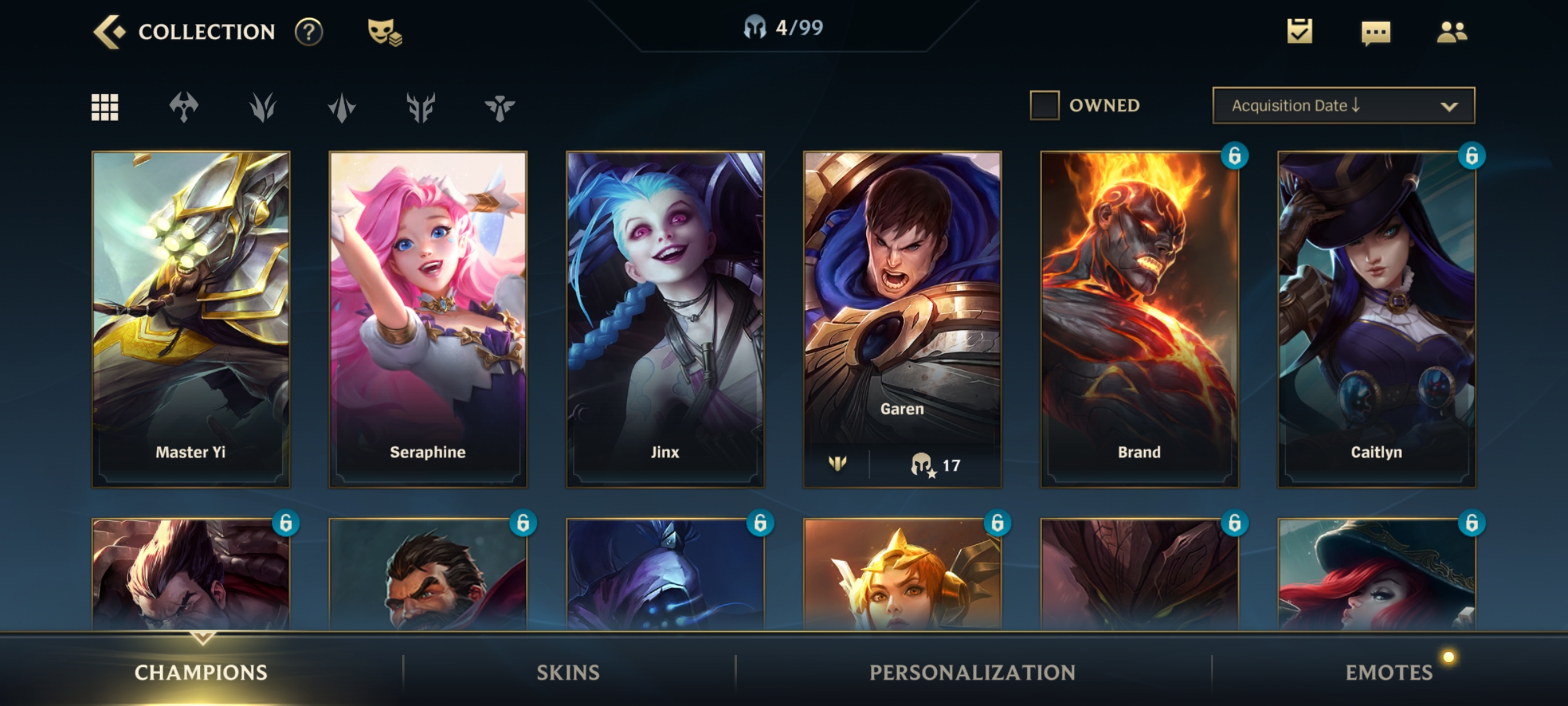
The first step toward climbing the ranks in Wild Rift is choosing the right champion. As of this writing, there are 99 champions to choose from, each with its own strengths, weaknesses, and playstyles. It’s essential to consider your team’s composition and the enemy team’s composition when choosing your champion. Remember, it’s not always about picking your favourite champion, but rather picking the one that will give your team the best chance of winning.
Champions are divided into different roles, namely Tanks, Assassins, Fighters, Mages, Marksmen, and Supports. Now, each champion shouldn’t be restricted to just one specific role. Many champions have the ability to fulfill multiple roles, depending on how they are built and played. For now, you just need to focus on picking a champion that fits into one of these primary roles and learning how to play them effectively. To help you choose which champion aligns with your playstyle, here are some beginner-friendly champions you should consider.
Roles and Team Composition
Champion classes are mainly utilized to categorize each champion based on their skills and abilities, but every champion can be played in multiple ways depending on the player’s preference. What’s more important, however, is the role that a player chooses to play in their team. These roles coincide with the position that the player takes on the map and help to create a balanced team composition. In Wild Rift, there are five roles and/or positions that players can choose from. The following is a quick overview of each role, along with links to more detailed guides on how to play them effectively.
Baron Lane
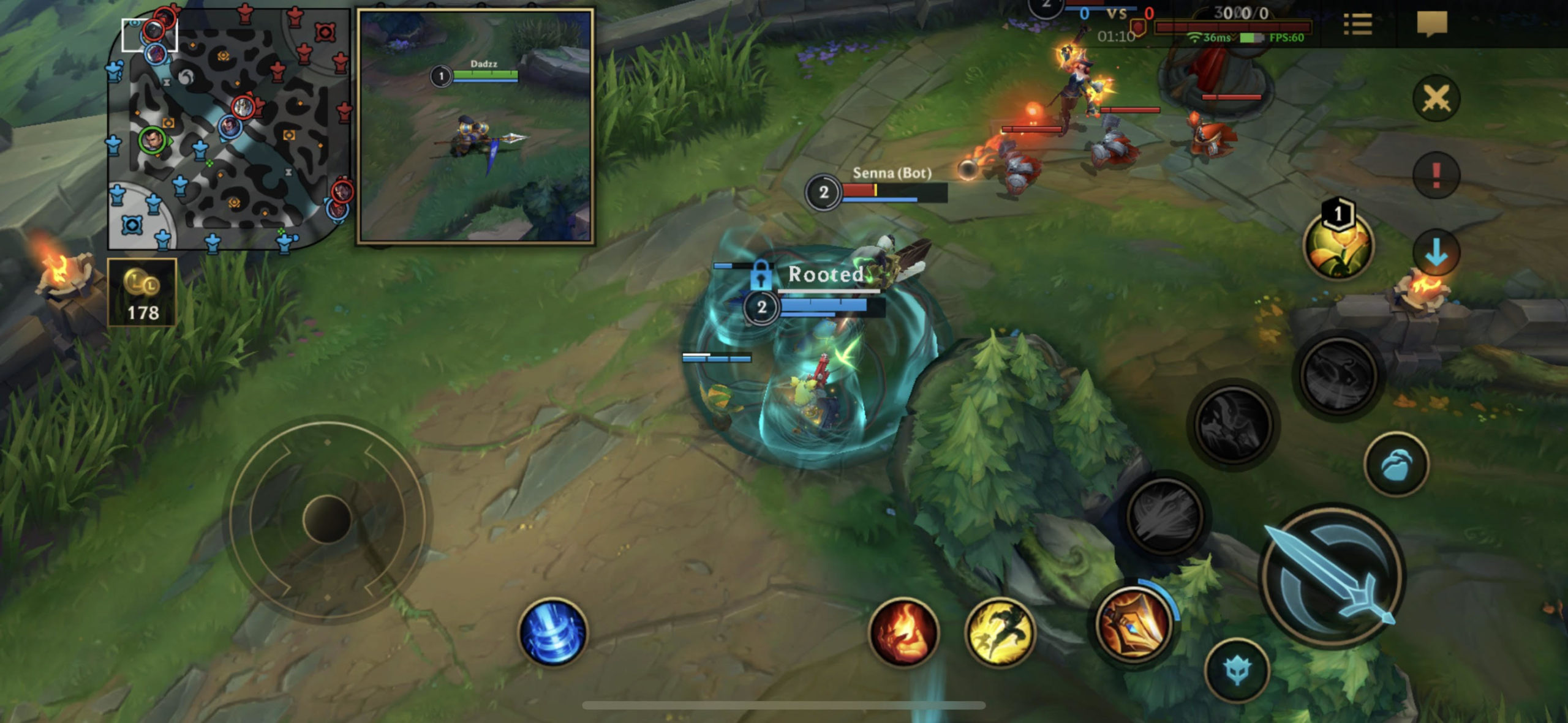 Typically played by Tanks or Fighters, this role requires players to control the top lane of the map and engage in 1v1 battles with the enemy top laner.
Typically played by Tanks or Fighters, this role requires players to control the top lane of the map and engage in 1v1 battles with the enemy top laner.
Learn more about Baron Lane here in our comprehensive guide.
Jungle
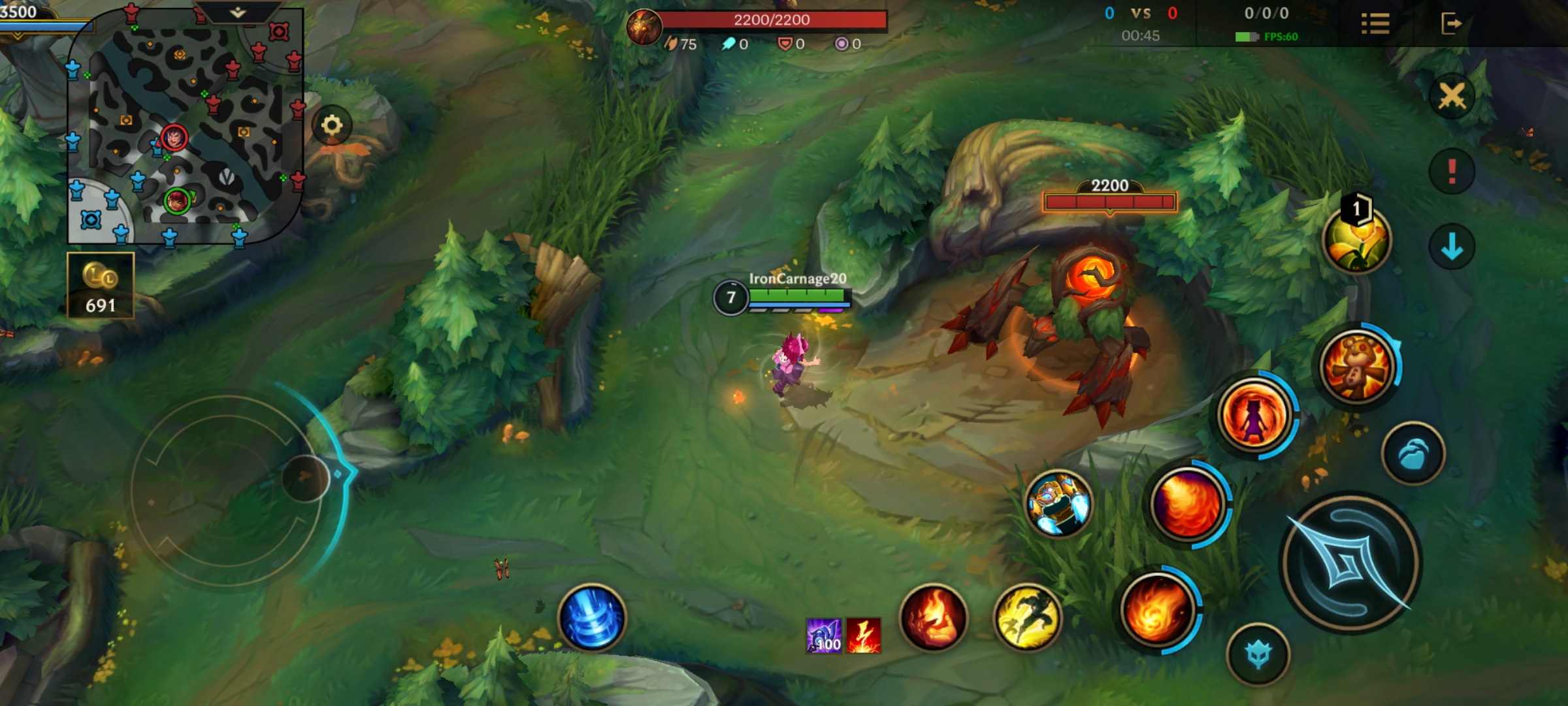 Played by Assassins or Tanks, this role requires players to roam the map and secure objectives such as neutral monsters and buffs while also ganking enemy lanes to help their teammates.
Played by Assassins or Tanks, this role requires players to roam the map and secure objectives such as neutral monsters and buffs while also ganking enemy lanes to help their teammates.
Learn more about Jungle Lane here in our comprehensive guide.
Mid Lane
 Usually played by Mages or Assassins, this role requires players to control the centre of the map and deal high amounts of damage to enemies.
Usually played by Mages or Assassins, this role requires players to control the centre of the map and deal high amounts of damage to enemies.
Learn more about Mid Lane here in our comprehensive guide.
Dragon Lane (ADC)
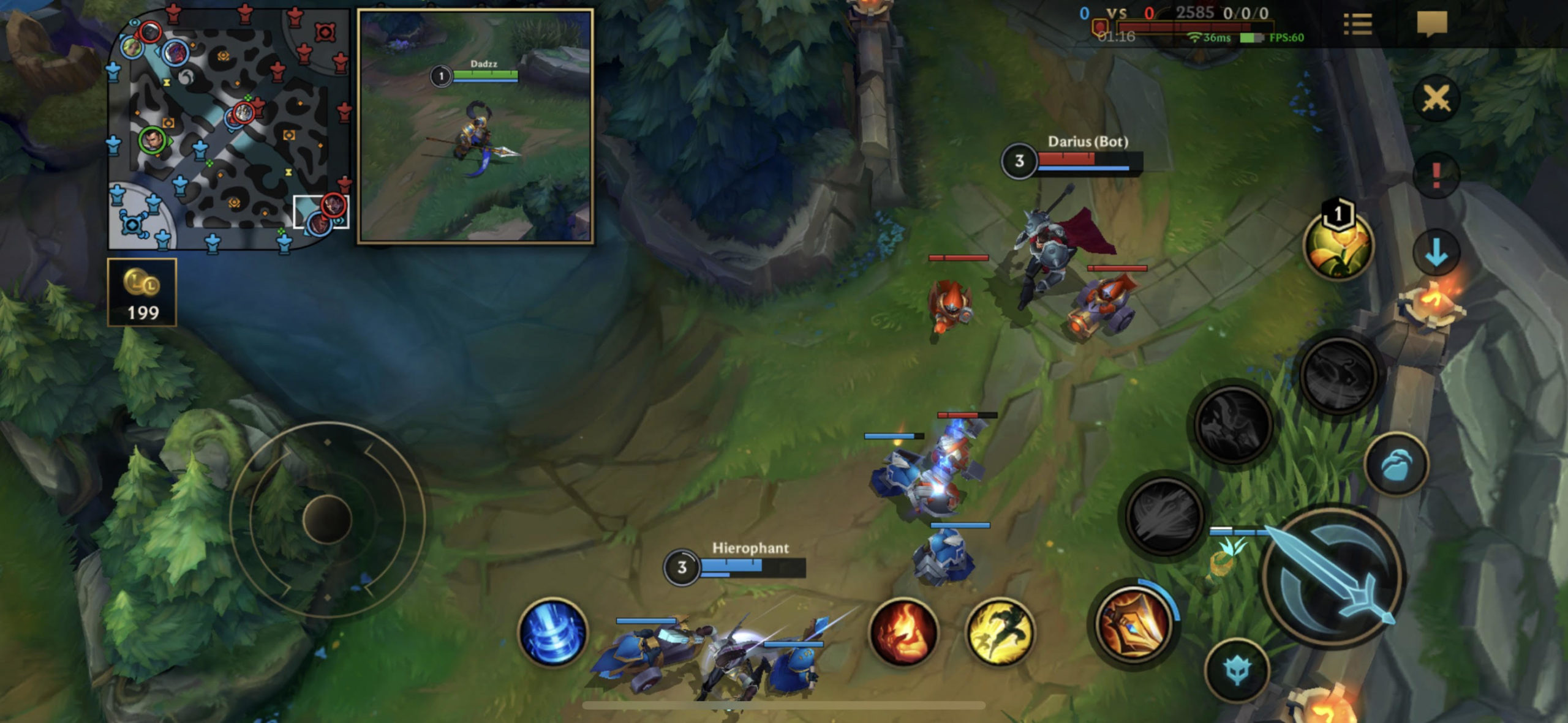
Played by an Attack Damage Carry (ADC), this role requires players to control the bottom lane of the map and focus on farming gold and experience to become strong late game. Marksmen are the most suitable in the ADC role, and they’re responsible for dealing high amounts of sustained damage while they’re paired with a Support champion.
Learn more about ADC Lane here in our comprehensive guide.
Dragon Lane (Support)
As mentioned above, the Dragon Lane must always be composed of an ADC and a Support. The Support is responsible for providing utility and protection for their ADC teammate. This includes placing wards to provide vision of the map, initiating fights with crowd control abilities, and providing healing or shielding to their ADC during team fights.
It’s important to have a balanced team composition, with players filling each role to ensure optimal gameplay and team coordination. In addition, players should communicate with each other to coordinate strategies and make sure everyone is on the same page.
Learn more about Support Lane here in our comprehensive guide.
Runes and Item Builds
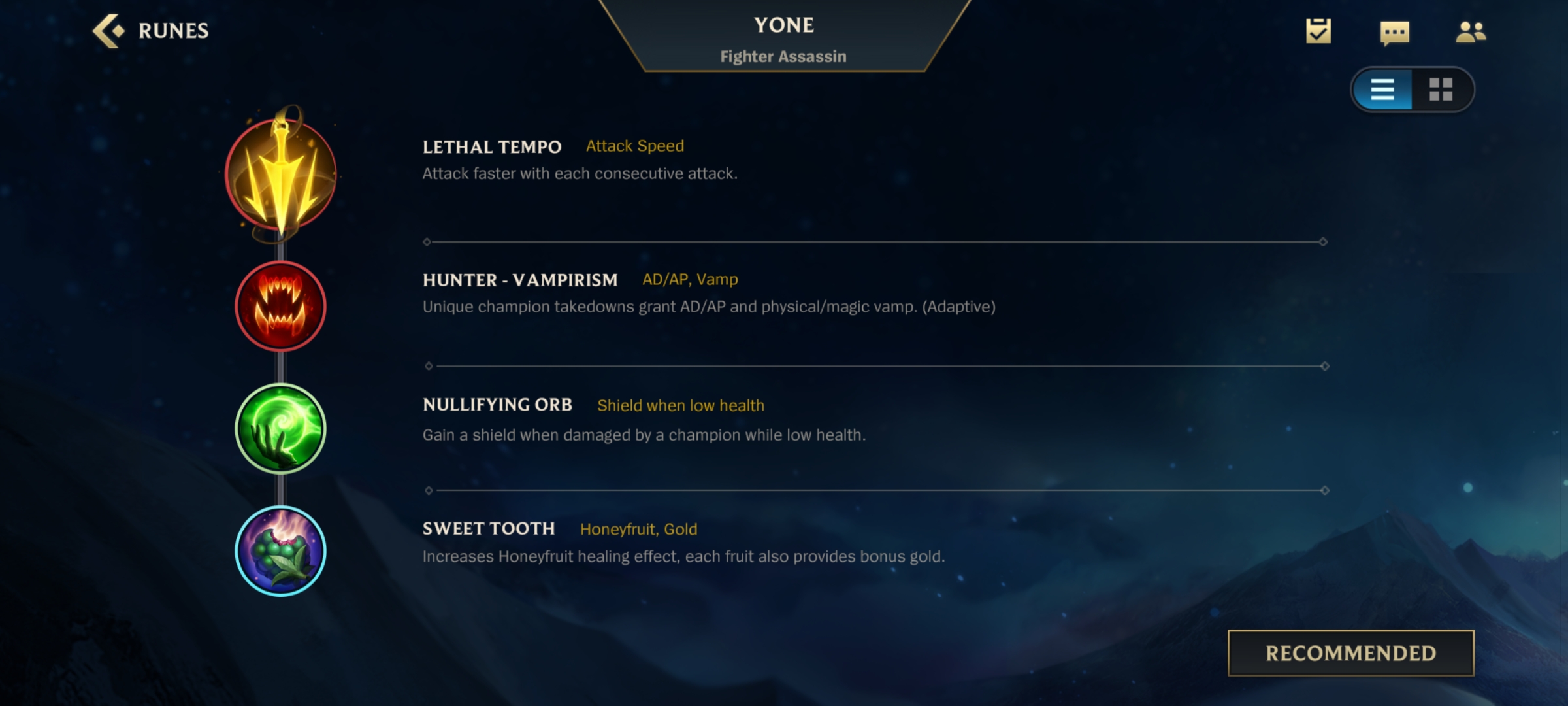 Another important component in Wild Rift is the selection of runes and item builds for each champion. The runes and items chosen can greatly impact a champion’s strengths and weaknesses, as well as their overall effectiveness in the game.
Another important component in Wild Rift is the selection of runes and item builds for each champion. The runes and items chosen can greatly impact a champion’s strengths and weaknesses, as well as their overall effectiveness in the game.
Runes are made up of a Keystone Rune and three secondary runes that come from three unique paths: Domination, Resolve, and Inspiration. Each path offers different bonuses and effects that can augment a champion’s abilities and playstyle. It’s important to choose runes that complement a champion’s strengths and address their weaknesses.
For example, a Dragon Lane ADC may choose to use the Conqueror rune to increase their damage output in extended fights, while a Support champion may choose to use the Font of Life rune to increase their survivability during an enemy engagement.

Item builds, on the other hand, are made up of a combination of different items that provide various stats and effects. The items chosen should also complement a champion’s strengths and address their weaknesses.
For example, a Mid Laner typically will prioritise building items that increase their ability power and mana pool, such as Luden’s Echo and Archangel’s Staff. A Top Laner may choose to build tanky items like Sunfire Cape and Thornmail to increase their durability in team fights. Meanwhile, an ADC will focus on building items that increase their attack damage and critical strike chance, such as Infinity Edge and Phantom Dancer.
It’s important to experiment with different rune and item builds to find the ones that work best for your playstyle and the needs of your team. Keeping up with the current meta and adjusting your builds accordingly can also give you an advantage in the game.
Familiarising Yourself with the Map
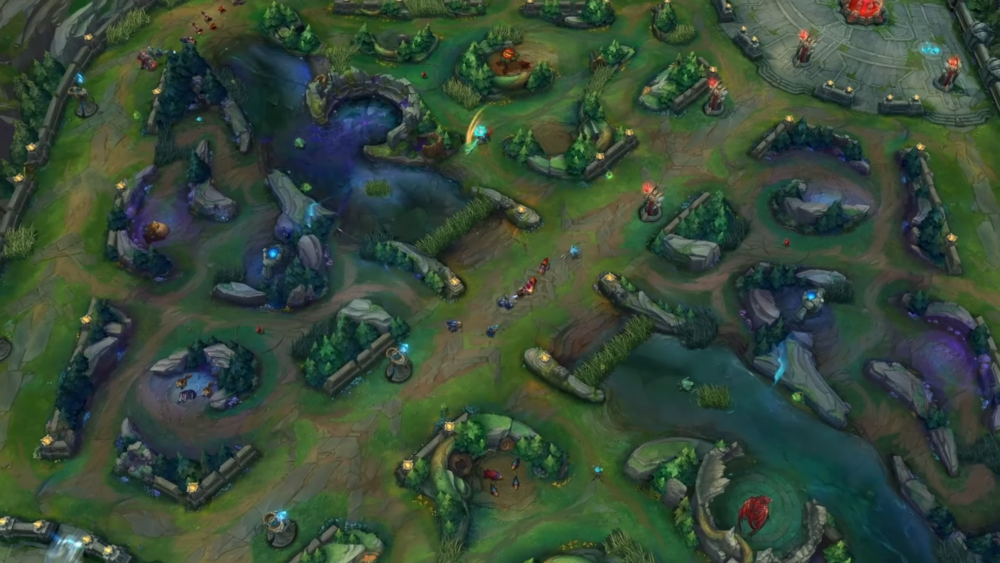
Before diving into a game, it’s essential to familiarise yourself with the layout of the Summoner’s Rift. The map is divided into three lanes, top, middle, and bottom, with jungle areas in between. Each lane has three turrets that protect the Nexus, and players must destroy all three to reach it.
In the jungle areas, players will find neutral monsters that can be slain for gold and experience. The most important of these monsters is the Baron Nashor, a powerful creature that grants significant bonuses to the team that kills it.
Players must also be aware of the river, which runs through the centre of the map. The river is home to two critical objectives: the Rift Herald and the Dragon. The Rift Herald grants a powerful buff to the team that kills it, while the Dragon provides permanent bonuses throughout the game.
By understanding the map and the roles of each player, players can work together to develop a strategy that maximises their strengths and exploits the weaknesses of their opponents. Good communication and teamwork are essential for success in Wild Rift, and players who take the time to learn the map and their roles will be well-equipped to contribute to their team’s victory.
Mastering the Fundamentals of Gameplay
 Now that you know the basic concepts of Wild Rift, it’s time to focus on mastering the fundamentals of gameplay. Once you’ve started a game, you’ll need to focus on a few key areas to ensure that you’re contributing to your team’s success:
Now that you know the basic concepts of Wild Rift, it’s time to focus on mastering the fundamentals of gameplay. Once you’ve started a game, you’ll need to focus on a few key areas to ensure that you’re contributing to your team’s success:
- Laning: Understanding how to effectively farm minions, trade with your opponent, and control the lane is essential. Make sure to pay attention to your opponent’s movements and capitalise on any mistakes they make. You can also read our comprehensive guides on: (Baron, Mid, Jungle, ADC and Support).
- Positioning: Knowing where to position yourself in team fights is crucial. Depending on the role you choose, you’ll need to position yourself differently. For example, as a marksman, you’ll want to stay at the back of the fight and deal damage from a distance, while as a tank, you’ll want to be in the front line, soaking up damage for your team.
- Objective Control: Understanding the importance of objectives like the Dragon and Baron Nashor is crucial. Make sure to prioritise these objectives and work with your team to secure them.
- Map Awareness: Keep an eye on the mini-map to know where your enemies are and to avoid getting caught off guard.
- Communication: Communication is key in any team game. Use the in-game chat and pings to communicate with your team and coordinate your moves.
- Champion Mastery: Knowing your champion’s abilities, strengths, and weaknesses is essential. Practice with your champion in different scenarios to improve your gameplay.
- Itemisation: Understanding which items to buy for your champion and situation can make a big difference in your performance. Keep in mind the enemy team’s composition and adjust your item build accordingly.
- Vision Control: Placing wards and denying enemy vision can give your team a significant advantage. Wards are essential for tracking enemy movements and objectives. Make sure to prioritise vision control and communicate with your team to ensure proper coverage.
- Teamfighting: Knowing when and how to engage in team fights is crucial. Pay attention to your team’s positioning and cooldowns, and try to target high-priority targets on the enemy team.
These nine elements are what make up a typical game in Wild Rift, and mastering them can help you become a better player. Remember to practice and continually improve your skills in each of these areas, and don’t be afraid to ask for help or advice from more experienced players. With dedication and effort, you can climb the ranks and achieve success in the game.
Final Thoughts
Wild Rift is an exciting and challenging game that requires a combination of strategy, skill, and teamwork. By following these tips and strategies, you’ll be well on your way to climbing the ranks and achieving your goals. Remember to stay positive, learn from your mistakes, and communicate effectively with your team. Good luck on the climb!
In order to get the full gaming experience in LOL: Wild Rift, remember to top up Wild Cores only at Codashop. We guarantee faster and more convenient top-ups so you can enjoy a hassle-free gaming experience.

